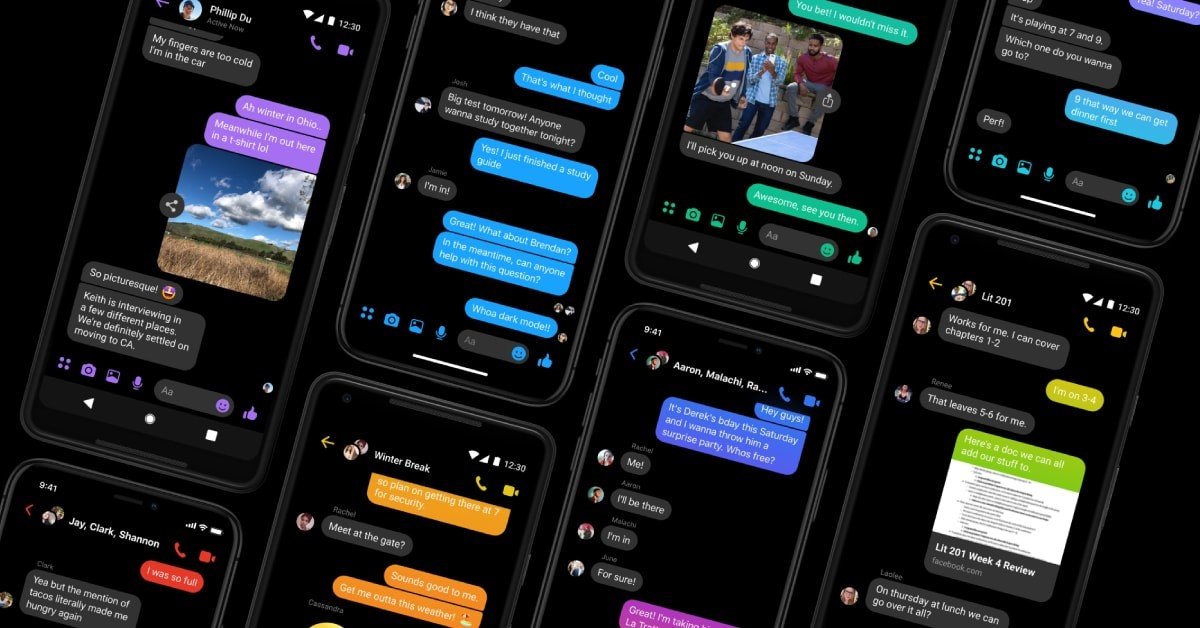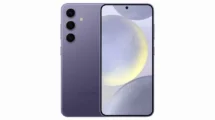Software technology has seen several upgrades in the past few decades. Not only has the software’s usability been upgraded but also the aesthetics. One of the most integral aspects of software is the User Interface or the UI design. Over the years, the affinity towards dark mode in UI design has been phenomenal. Let us have a deeper look at the rise of this dark version of the UI design.
Evolution of UI Design
UI design has not been the same since day one, it has evolved and shaped over the years. The first-ever UI design was more of compulsion than a choice. The major changes came with advancements in technology. Cathode Ray Tube displays gave way to flat screens which further gave way to Liquid Crystal Displays (LCDs) and finally Light Emitting Diodes (LEDs) and OLEDs. Soon there was a vibrant User Interface and the colours were no longer out of compulsion.
The vibrant user interface gave users a choice to stick to the monochromatic design or upgrade to the rather vibrant one. Initially, it seemed to work for the developers as well as the users. Soon there was the introduction of a battery saver mode or night mode to save battery life and the eyes. The same technology which has been there, using lower brightness levels evolving to what we know as the Dark mode today.
Dark Mode in UI Design
Before we move on to the evolution and upgrades in Dark mode, let’s understand the mode itself. The dark mode is a User interface design that has a darker background theme colour (usually black) and other colours that involve subsequent darker shades.
The first computers were in fact ones that had dark mode. Initially, a dark mode was not something that users turned on, rather it was something technology couldn’t help. The introduction of better hardware led to the elimination of monochromatic design.
One can’t pinpoint the exact time when dark mode made its entry since it has always been there. The fact that the monochromatic default theme was updated and named dark mode is what made it special. Present-day mobile phones, applications and software have a special dark mode feature making it feel like it’s exotic. Irrespective of everything, dark mode continues to widely used and it has a number of benefits to it too.
Organic Light-Emitting Diodes (OLEDs) have a system where each pixel in the panel emits its own light. This makes the energy cost lower and the resultant dark mode better suitable. To add to that, the strain on the ocular muscles is reduced due to the dark mode and it has a better aesthetic appeal. Studies have shown that dark mode saves up to 24% energy and hence increases battery life.
Impact of Dark Mode in UI Design
Dark mode has indeed taken the software world by storm. User data shows there has been an increase in user engagement on apps that supported dark mode. Thus making it a handy update for the ones that are yet to add this to their UI Design.
Though Dark mode has become something that is being preferred by a number of users, there are possibilities of customisable UI design in the near future. Many would argue that it is already there, but the stalwarts like Apple might be the ones finally opening up for the same. Therefore it is one thing that dark mode is the new normal but another that it has opened up myriads of possibilities for UI design.
About Ikokas:
We are a Digital Technology Solutions company and have expertise in the area of transforming organizations into full-fledged digital business places. This includes creating websites (static, dynamic, and with e-commerce capabilities), apps for ease of transacting, and CX (UX + UI), brand marketing and digital & traditional public relations.
We also provide Quality Assurance, Data Warehousing, and Cloud Computing services to corporates. Our portfolio of clients includes Indian Corporates like SBI Cards, Max Life, Hero Motocorp, RJ Corp (Varun Beverages), MNCs like Amway, Siemens, to US-based companies like FirsTech, CareerBuilder & Cambay as well as several startups. We continue to expand our horizons to help our clients grow their visibility and business.
Written by:
- Nandini Bhupat, Director, Marketing & Brand Communications
- Ikokas Digital Technologies
- https://www.ikokas.com/





